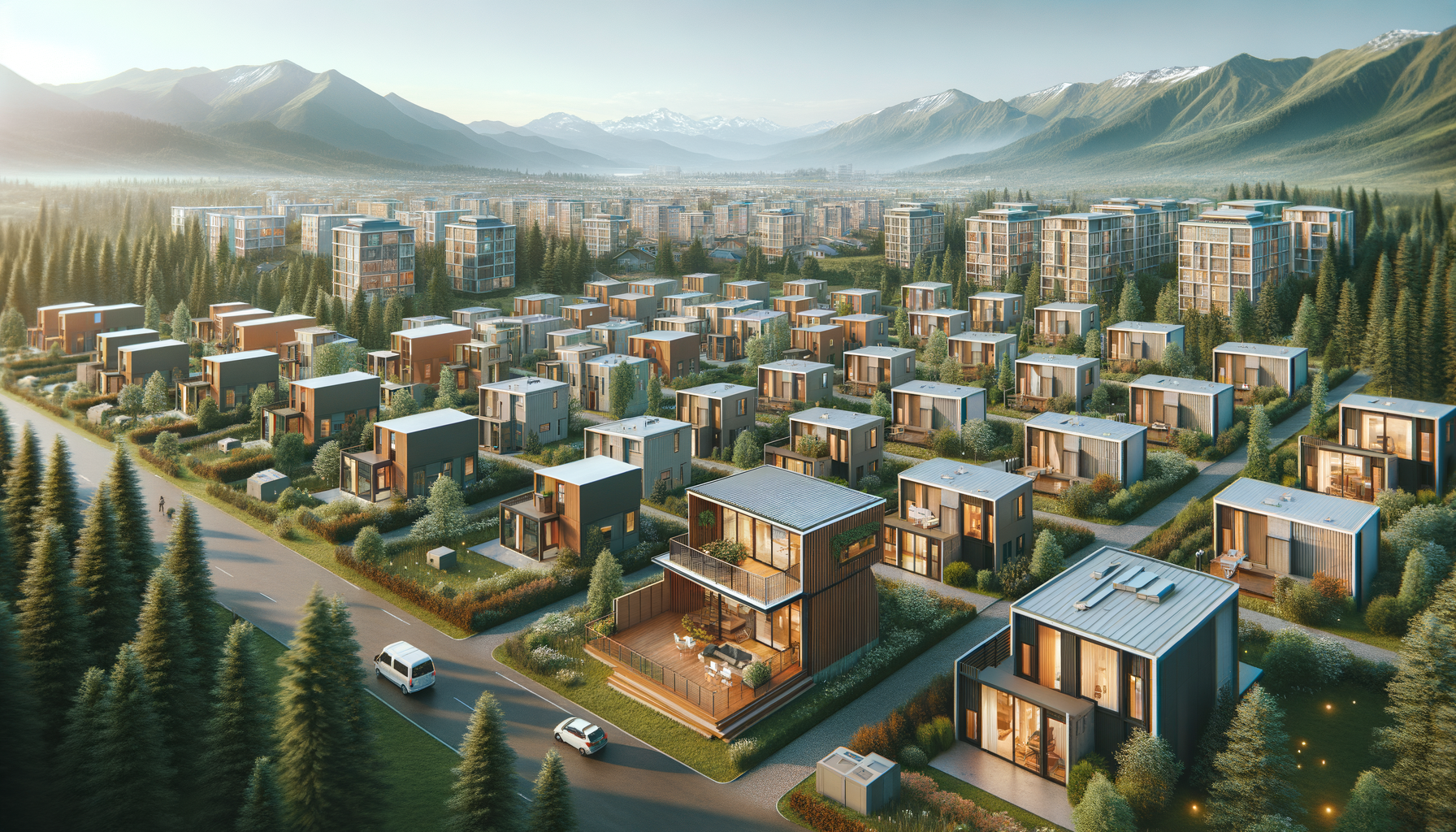Discovering the Value of Prefabricated Residences
Prefabricated residences are an outstanding choice for many, offering affordability and flexibility in housing solutions.

Introduction to Prefabricated Residences
In a world where housing solutions are becoming increasingly diverse, prefabricated residences have emerged as a significant player in the real estate market. These homes, often referred to as prefab homes, are constructed off-site and then transported to the desired location for assembly. This innovative approach to home building offers a range of benefits that cater to modern lifestyles. As we explore the advantages of choosing prefabricated residences, it becomes evident why they are gaining popularity among homeowners and developers alike.
Cost-Effectiveness and Affordability
One of the most appealing aspects of prefabricated residences is their cost-effectiveness. Traditional home construction can be a costly affair, often going over budget due to unforeseen circumstances. Prefabricated homes, on the other hand, offer a more predictable financial plan. The construction process is streamlined and efficient, leading to reduced labor costs. Additionally, the materials used in prefab homes are often purchased in bulk, further driving down the overall cost.
Moreover, the time saved during construction translates to financial savings. The quicker turnaround time means less money spent on temporary housing solutions or rental costs. For those looking to invest in real estate, prefabricated residences present a financially viable option without compromising on quality.
Environmental Benefits
As environmental concerns become more pressing, the construction industry is under pressure to adopt sustainable practices. Prefabricated residences offer a greener alternative to traditional construction methods. The controlled environment in which these homes are built allows for better waste management and recycling of materials. This results in less waste and a smaller carbon footprint.
Furthermore, many prefab homes are designed with energy efficiency in mind. Features such as high-quality insulation, energy-efficient windows, and the integration of renewable energy sources like solar panels are often standard. These elements not only reduce the environmental impact but also lead to long-term savings on utility bills for homeowners.
Flexibility and Customization
Gone are the days when prefabricated homes were seen as one-size-fits-all solutions. Today, they offer a high degree of customization, allowing homeowners to tailor their living spaces to suit their personal tastes and needs. From architectural styles to interior layouts, the possibilities are extensive.
Prefabricated residences also offer flexibility in terms of location. Whether you desire a home in a remote rural area or a bustling urban environment, prefab homes can be adapted to fit various landscapes and terrains. This adaptability makes them an attractive option for a wide range of buyers, including those seeking unique or challenging locations for their homes.
Quality and Durability
There is a common misconception that prefabricated homes are of lower quality than traditionally built homes. However, this couldn’t be further from the truth. The controlled factory environment in which prefab homes are constructed ensures that every component is built to precise standards. This level of quality control often results in a product that is more durable and reliable than its traditionally constructed counterparts.
Additionally, prefabricated homes are engineered to withstand transportation and assembly, which means they are often built with robust materials and techniques. This durability is a significant advantage for homeowners looking for a long-lasting investment in their property.
Conclusion: Embracing Modern Housing Solutions
Prefabricated residences are more than just a trend; they represent a shift towards more efficient, sustainable, and customizable housing solutions. As the demand for innovative and affordable housing continues to grow, prefab homes stand out as a practical choice for many. Whether it’s the cost savings, environmental benefits, or the ability to personalize every aspect of the home, prefabricated residences offer a compelling case for those looking to invest in their future living spaces.